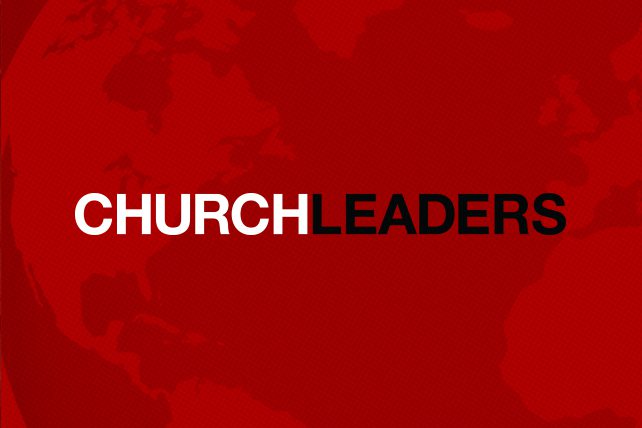According to Dr. Anthony Fauci, Americans could be back to “normal” worship, or close to it, by mid-fall of this year. But Dr. Fauci says whether or not this happens depends on an “overwhelming proportion” of the population getting vaccinated.
“By the time we get to the end of the summer…I think in the fall, mid-fall, we’ll be able to get back to that type of worship which we all are longing for right now,” said Fauci while speaking at the Choose Healthy Life Black Clergy Conclave on Monday.
Dr. Fauci is the director of the National Institute of Allergy and Infectious Diseases, and he was careful to emphasize that this outcome is contingent on the vaccine being administered “appropriately, effectively, and efficiently.” It also depends on the most vulnerable communities, such as the Black and Hispanic populations, getting the vaccine.
Dr. Fauci on How We Can Achieve a ‘degree of normality’
Over 100 Black church leaders participated in the Choose Healthy Life Black Clergy Conclave, which took place on Martin Luther King Jr. Day at 10 a.m ET. Rev. Al Sharpton and Rev. Calvin Butts led the virtual event.
According to Choose Healthy Life’s Facebook page, the conclave “marks the national kick-off of the Choose Healthy Life Action Plan—a sustainable, scalable and transferable approach to address public health disparities through the Black Church.” The Choose Healthy Life Action Plan is a program that, through partnership with other organizations, will equip Black churches to provide healthcare resources to vulnerable communities in their areas.
Various clergy members asked Fauci questions about the new COVID-19 vaccines from Pfizer and Moderna. Questions included whether it will be important for people to wear masks after getting vaccinated and if there is a substantial difference between the vaccines that Pfizer and Moderna are offering. Rev. John Vaughn posed a question asking when churches will be able to meet again in person and to worship with singing and wind instruments. Vaughn was representing Raphael Warnock, the pastor of Ebenezer Baptist Church in Atlanta, Ga. Warnock just won a runoff race for one of Georgia’s Senate seats. “When can we expect to go back to church?” asked Vaughn. “What’s the timeline that we can begin thinking about?”
In-person worship has been a point of controversy throughout the COVID-19 pandemic, such as when California Gov. Gavin Newsom banned singing in church last July. Some churches and pastors have responded to state COVID-19 restrictions by ignoring them in the name of religious freedom, while others have seen following the restrictions as a way of loving their neighbors. Quite a few congregations and ministries have pursued legal action. On the other hand, when Georgia Gov. Brain Kemp began to reopen the state in late April of last year, many church leaders in Georgia resisted this decision. One said that to meet physically at that time would be putting God to a “foolish test.”
“The timeline is going to depend on a number of factors,” Dr. Fauci told Vaughn, “and it relates to a lot of what all of us are doing here today.” One of those factors is getting the majority of Americans vaccinated, by which Fauci meant 70 to 85 percent of the population. Key to achieving that goal is ensuring that people in vulnerable communities get the vaccine.
The Centers for Disease Control and Prevention (CDC) has published data showing that ethnic minorities are at a higher risk of contracting COVID-19. The CDC has also found that Black and Hispanic people are dying from COVID-19 at nearly three times the rate of white, non-Hispanic people. Thirty leaders in the Church of God in Christ (COGIC), a predominantly Black denomination, passed away from COVID-19 last April. Other communities of color are also dying from the virus at significantly higher rates than their white counterparts.
Another concern is that some in the Black community might be reluctant to get vaccinated because in the past, the U.S. government experimented on African Americans while promising to treat their health.
But if we can overcome those challenges, said Dr. Fauci, then by mid-fall it is possible that “The level of virus in the community will be at such a low level that we will be able to really approach a degree of normality that’s similar—maybe not identical—but similar to maybe where we were before all of this.”

